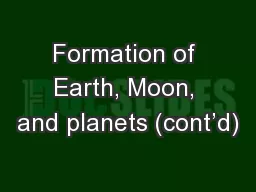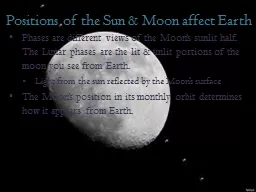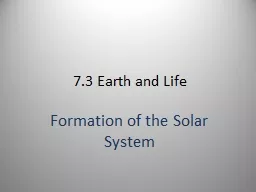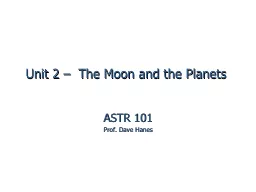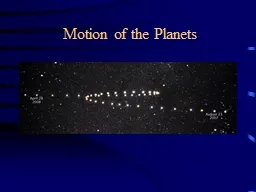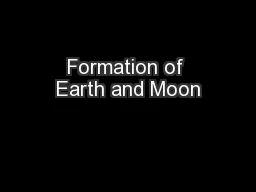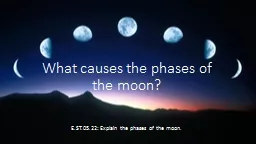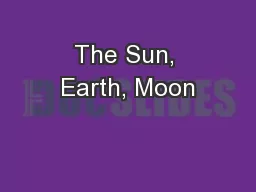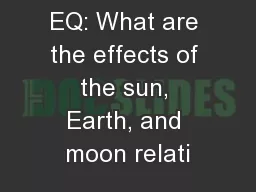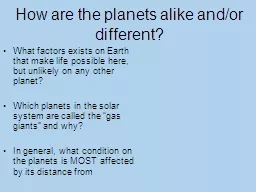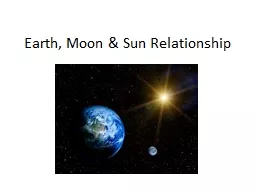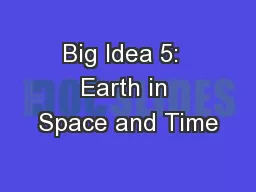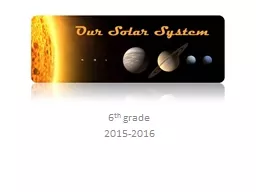PPT-Formation of Earth, Moon, and planets (cont’d)
Author : sherrill-nordquist | Published Date : 2017-03-21
Part 1 Origin of the elements Part 2 Geochronometry Age of Earth Formation of Earth and Moon Differentiation of core and mantle Isotope tracing sequence of
Presentation Embed Code
Download Presentation
Download Presentation The PPT/PDF document "Formation of Earth, Moon, and planets (c..." is the property of its rightful owner. Permission is granted to download and print the materials on this website for personal, non-commercial use only, and to display it on your personal computer provided you do not modify the materials and that you retain all copyright notices contained in the materials. By downloading content from our website, you accept the terms of this agreement.
Formation of Earth, Moon, and planets (cont’d): Transcript
Download Rules Of Document
"Formation of Earth, Moon, and planets (cont’d)"The content belongs to its owner. You may download and print it for personal use, without modification, and keep all copyright notices. By downloading, you agree to these terms.
Related Documents

